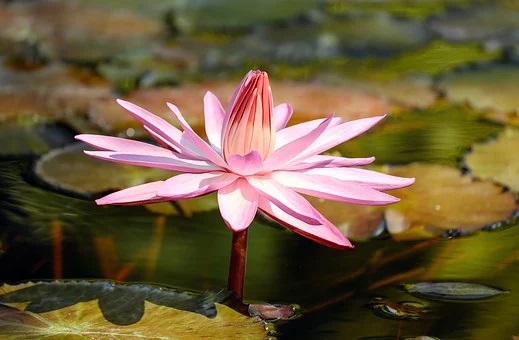For most people, the life of a little fish is worthless and can be squashed at they desire. However, from the fish’s point of view, its life is more precious than the whole world’s assets. Humans’ lives might be worthless for other species of lives, but for ourself, our lives are more precious than anything. Can we see the world from the fish’s point of view?
~Depicted from LUMINOUS WISDOM BOOK SERIES










